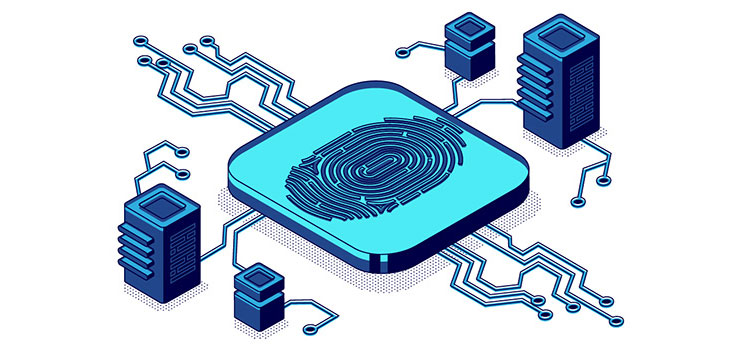Security Solutions
Cyber-attacks from hackers and state actors have become more prevalent in recent years, and businesses need their networks secure from outside threats. The security solutions of traditional WANs are difficult to manage because of the layers of underlying software being utilized through a non-friendly virtualization environment.
IPsec is an integrated solution for the SD packages that provide end-to-end encryption between locations. Most of the SD solutions that are offered on the market should ideally include IPsec and next-generation firewalls (NSFW) as part of the cyber defense package. However, they should not be the only things that organizations should rely upon in order to maintain a solid security profile.

5 Common Security Mistakes That Need to Be Addressed
SD-WANs are still relatively new and hasn’t been fully embraced by industries yet. The top issue that organizations demand to be addressed is security, as often insider threats and outside entities will find ways to compromise the network. Here are 5 of the common security mistakes that are encountered when executing a software-defined approach for your network and how to prevent them from happening to your organization:
-
Failure to Define and Implement the Correct SD-WAN Solution for Your Company’s Risk Profile
As stated before, the security features that are packaged with SD-WAN will not be sufficient enough against the vast scope of security threats that exist in today’s world. Additional measures that would need to be included as part of the SD package to cover network security requirements and threat management are secure gateway services, next-gen firewalls with built-in intrusion prevention, web filtering, anti-malware protection, and SSL inspection.
-
Cutting Corners in Security
Companies that try to go on the cheap by buying low-budget SD-WAN Deployment solutions will face the risk of limiting their capabilities to apply security policies correctly and in a consistent manner. Internet traffic consists of SSL-encrypted data, which makes up the bulk of the information traversing the internet. The immediate risk will be posed to your organization if your IT staff do not take proper measures to the proxy, decrypt, and enforce this type of traffic across the board. If a hacker manages to gain access into the network, they would potentially be able to move unhindered and compromise the enterprise and leave it exposed to data breaches and cyber attacks.
-
Falsely Assuming SD-WAN Eliminates the Need for WAN Resilience and Security Best Practices
SD-WANs will still need to be subject to rigorous security standards in the same fashion as traditional WANs. Just because they come with the latest and greatest in cloud computing technologies does not make companies exempt from taking responsibility for their own network security posture. You’ll need to have your teams continually monitor patching that’s applied to the network and keep it safe.
-
Not Having a Grounded Understanding of the Included SD-WAN Security Features and what’s Not Included:
It is absolutely necessary for clients to understand what security features are included with their SD-WAN solution, especially when trying to determine which solution is best for the company. Just like any other new piece of hardware, choosing the wrong one for your organization would have disastrous consequences, and expose it to risks.
Companies should conduct internal risk assessments of their networks and facilities before they commence with any form of SD-WAN migration.
-
One-click Deployment and Zero-Touch Provisioning
Clients will need to shy away from the attitude of the SD-WAN as simply ‘just working’ without requiring to configure network paths and routers beforehand. Adopting that kind of mindset would also expose your organization to risk. Businesses and enterprises will need to understand their connectivity paths, such as how data travels point A to point B, whose controls the paths they data is traversing through, and what happens to it while in transit.

Having a hands-off attitude when it comes to managing SD-WANs will bring problems. Companies will need to deploy extra security technologies and protocols to ensure that sensitive data is protected until it arrives at its destination.





